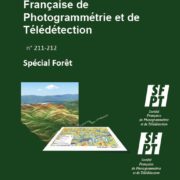Geometric accuracy of Ikonos Geo Panchromatic orthoimage products
Manuel A. Aguilar, Fernando J. Aguilar, Fernando Carvajal Ramírez, Francisco Agüera Vega,
2006
Revue Française de Photogrammétrie et de Telédétection. ISPRS Commission Technique I, Symposium, nº 184: 5-10
http://www.scopus.com/inward/record.url?eid=2-s2.0-33748913533&partnerID=MN8TOARS
ABSTRACT
The new very high space resolution satellite images, such as QuickBird and IKONOS, open new possibilities in cartographic applications. This work has as its main aim the assessment of different sensor models for achieving the best geometric accuracy in orthorectified imagery products obtained from IKONOS Geo Ortho Kit Imagery. Two dimensional Root Mean Square Error (RMSE2D) is computed and utilized as accuracy indicator. The ancillary data were generated by high accuracy methods: (1) Check (ICPs) and control points (GCPs) were measured with a differential global positioning system (DGPS) and, (2) a digital elevation model (DEM) with grid spacing of 5 m derived from digitized contour lines with an interval of 10 m and extracted from the 1:10,000 Andalusia Topographic Maps series (RMSEz<1.75 m), was used for image orthorectification process. Four sensor models were used to correct the satellite data: (1) First order 3D rational functions without vendor image support data (RFM1), (2) 3D rational functions refined by the user with zero order polynomial adjustment (RPC0), (3) 3D rational functions refined by the user with first order polynomial adjustment (RPC1), and (4) the 3D Toutin physical model (CCRS). The number of control points per orthorectified imagery (9 and 18 GCPs) and their distribution (random and stratified random sampling) were studied as well. The best results, both in the phase of sensor orientation (RMSEO about 0.59 m) as in the final orthoimages (RMSEORTHO about 1.25 m), were obtained when the model RPC0 was used. Neither a large number of GCPs (more than nine) nor a better distribution (stratified random sampling) improved the results obtained from RPC0.





